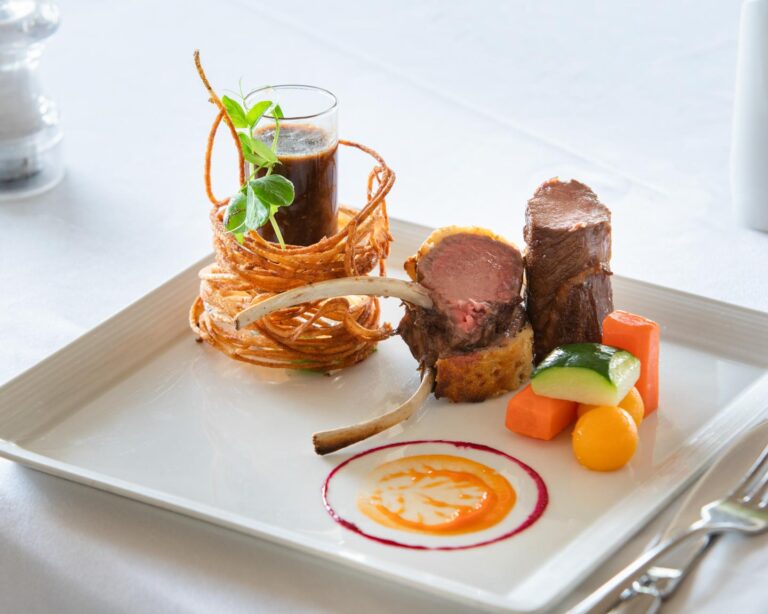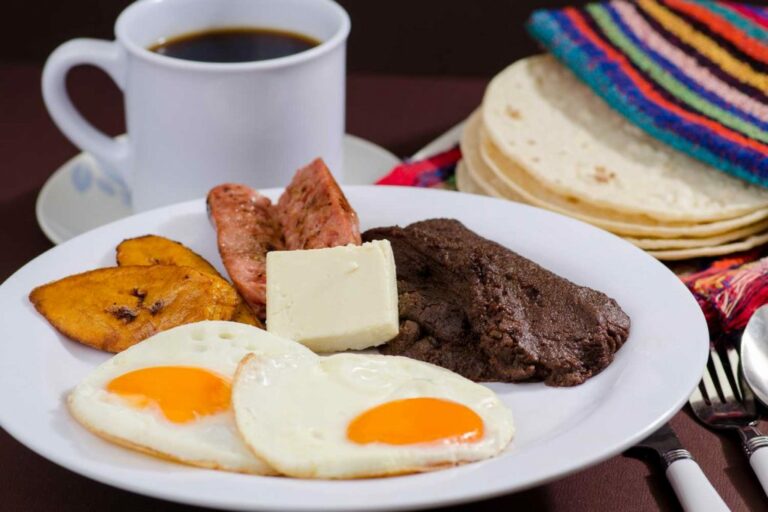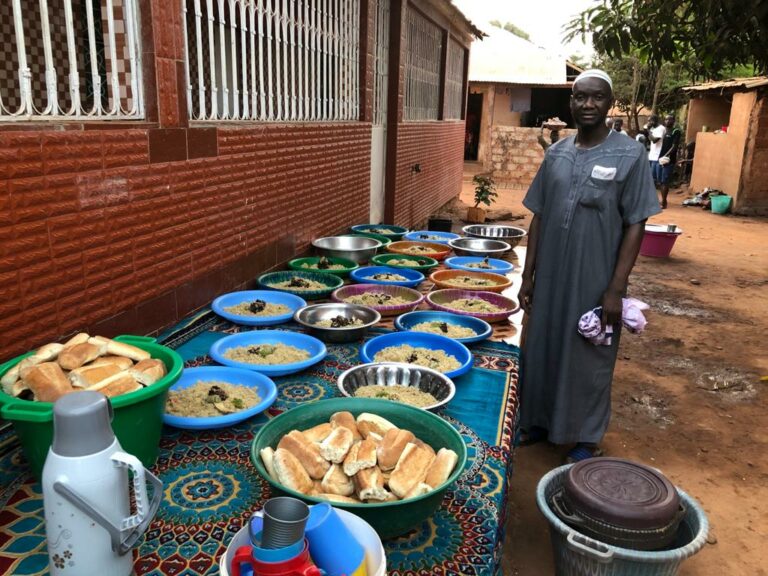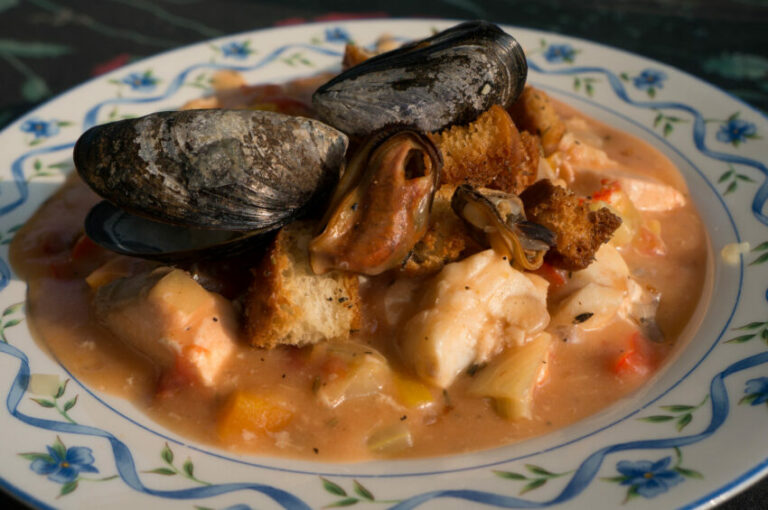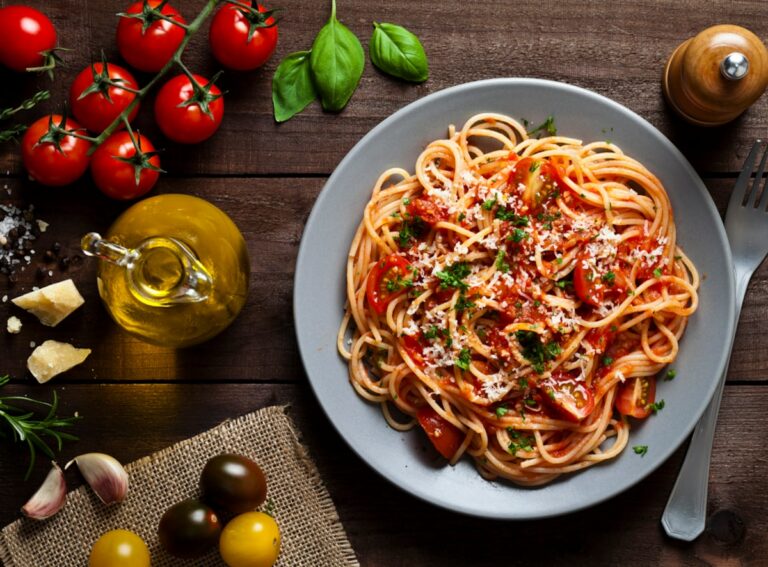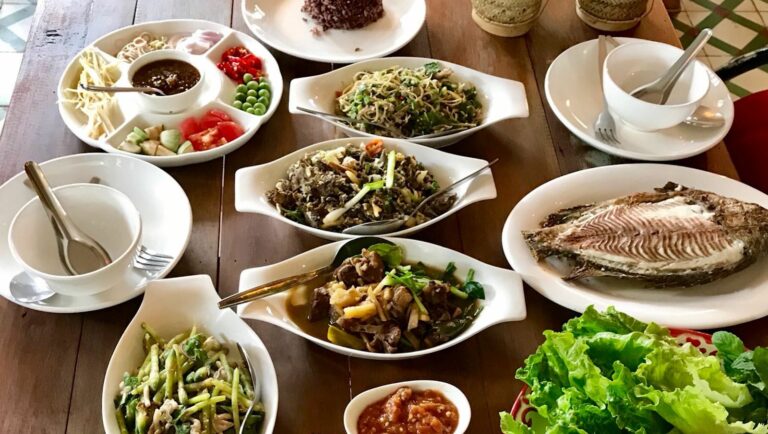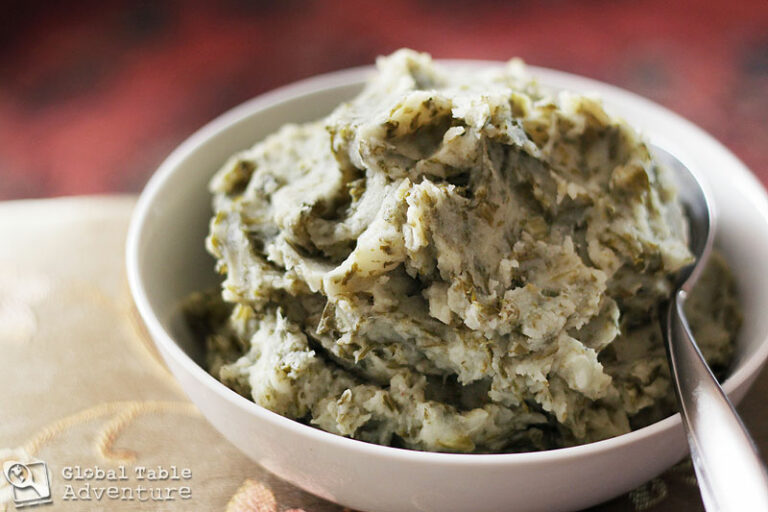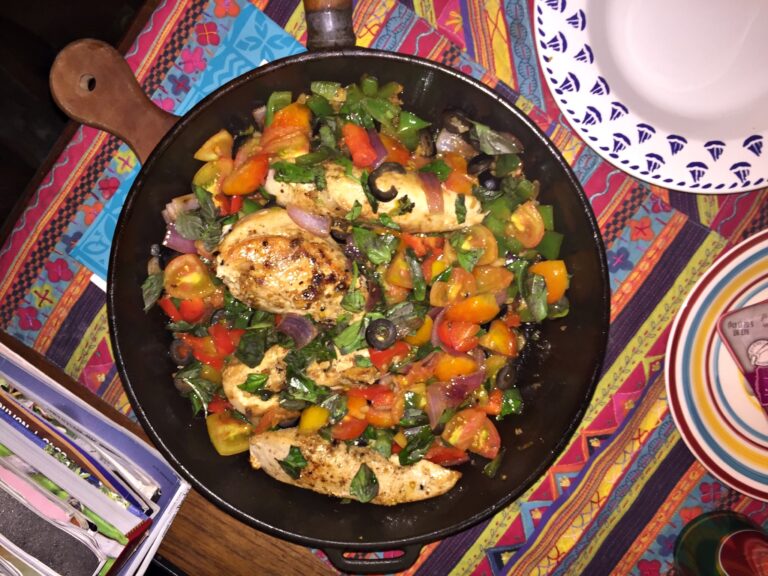Introduction: Grenadian Cuisine
Grenadian cuisine is a blend of African, European, and indigenous influences. This unique mix of cultures has had a significant impact on the staple ingredients and flavors of Grenadian meals. Grenada is known as the Spice Isle, where nutmeg, cinnamon, and cloves are among the most popular spices used in the local cuisine.
Staple Ingredients: History and Culture
Grenadian cuisine is deeply rooted in the country’s history and culture. The indigenous Caribs and Arawaks used cassava, sweet potatoes, and other root vegetables as a staple in their diets. After the arrival of African slaves, rice, beans, and peas were introduced, and these ingredients have remained a crucial component of Grenadian cuisine ever since.
Rice, Beans, and Peas: The Foundation
Rice, beans, and peas form the foundation of most Grenadian meals. Rice is a staple in many traditional dishes, including rice and peas, which is a popular side dish served with fish or meat. Red kidney beans and black-eyed peas are also commonly used in stews and soups, such as the famous Grenadian dish, oil down, which is made with breadfruit, salted meat, and vegetables.
Fish and Seafood: A Coastal Delicacy
Grenada’s coastline offers an abundance of fresh fish and seafood, making it a coastal delicacy. Fish such as snapper, tuna, and kingfish are commonly used in dishes like fish cakes and fish stews. Seafood such as lobster, shrimp, and crab are also popular and often served grilled, fried, or in soups.
Spices, Herbs, and Seasonings: Aromatic Flavors
Spices, herbs, and seasonings are what give Grenadian cuisine its distinct, aromatic flavor. Nutmeg, cinnamon, and cloves are commonly used in sweet and savory dishes, such as nutmeg ice cream and nutmeg-infused fish. Other popular seasonings include thyme, bay leaves, and garlic, which are used to season meats, stews, and soups.
Fruits and Vegetables: Nutritious and Delicious
Fruits and vegetables are an essential part of Grenadian cuisine, providing nutrition and flavor to many dishes. Tropical fruits such as mango, papaya, and pineapple are often used in desserts and juices. Vegetables such as callaloo, dasheen, and pumpkin are used in stews and served as side dishes. Grenadian cuisine also features root vegetables such as yams and cassava, which are used in soups and stews.
In conclusion, Grenadian cuisine is a unique blend of cultures, featuring staple ingredients such as rice, beans, and peas, fresh fish and seafood, aromatic spices, and a variety of fruits and vegetables. The combination of these flavors creates a cuisine that is both nutritious and delicious, providing a glimpse into Grenada’s rich history and culture.

